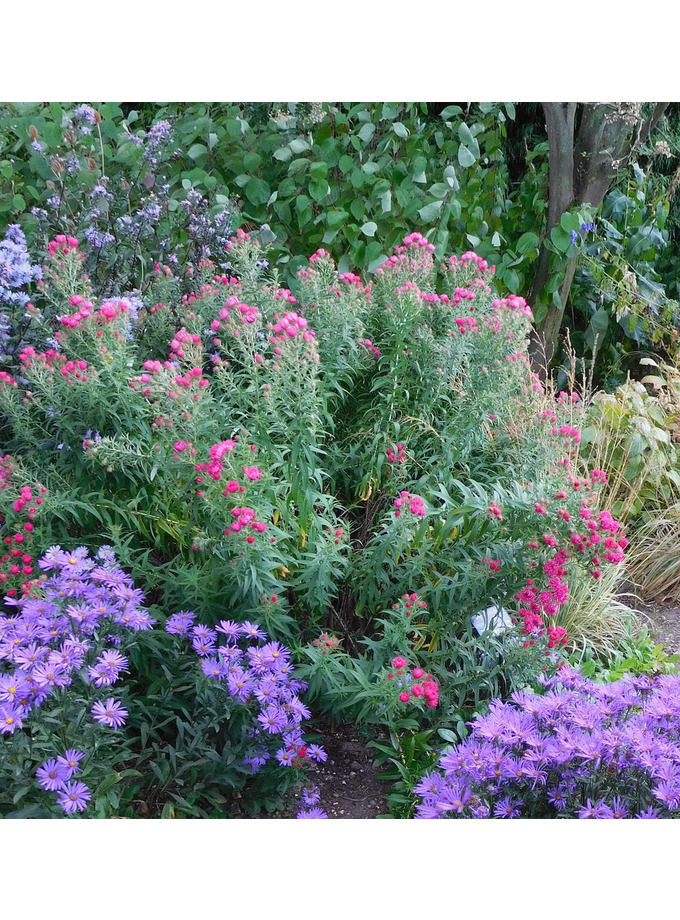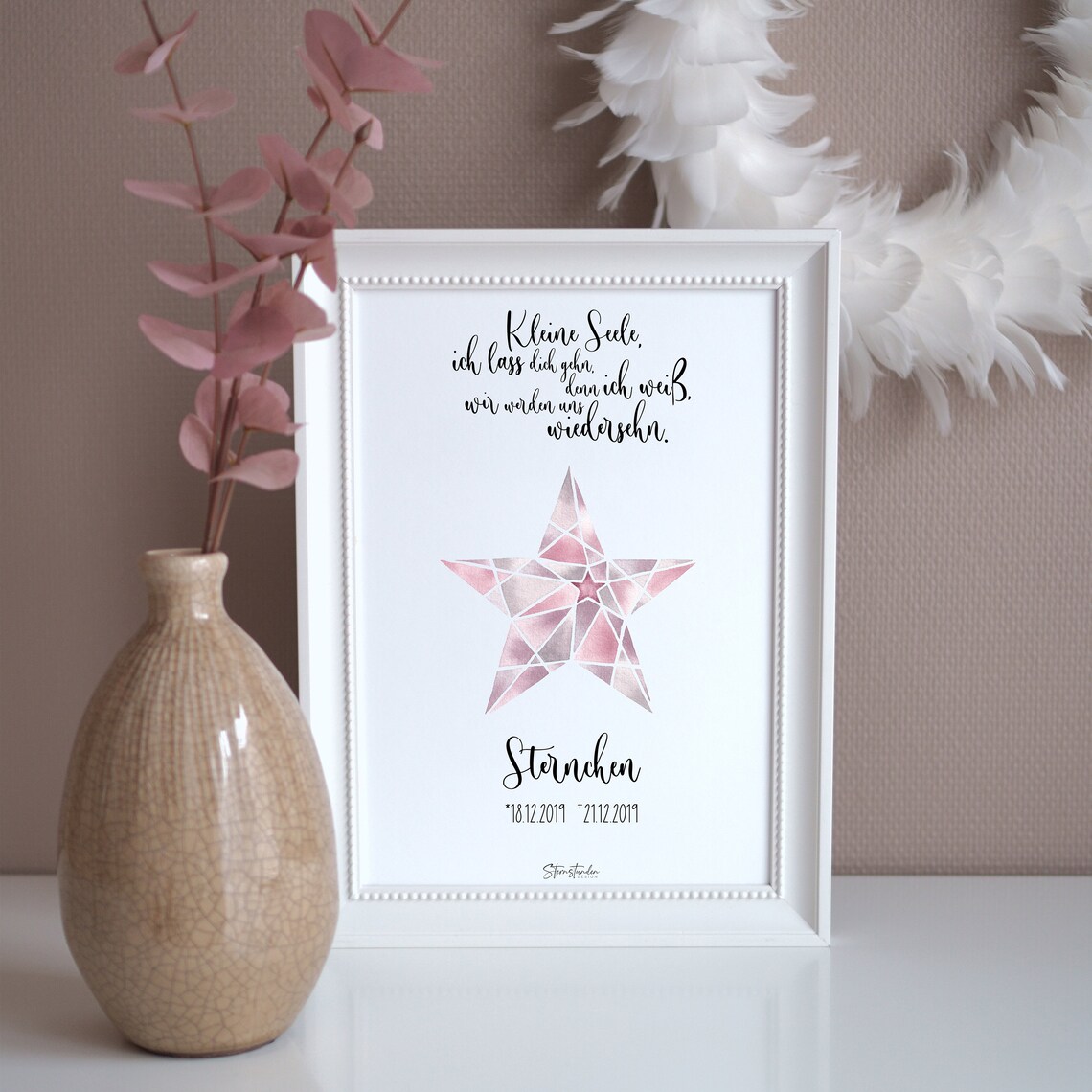

Matthisson für eine Singstimme mit Pianoforte, no. by Ludwig Abeille (1761 - 1838), "Andenken", from Lieder und Elegien von F.Musical settings (art songs, Lieder, mélodies, (etc.), choral pieces, and other vocal works set to this text), listed by composer (not necessarily exhaustive): by Friedrich von Matthisson (1761 - 1831), "Andenken", written 1792-93, first published 1802.1 Matthisson (editions until 1803): "Wann" 2 Matthisson (editions after 1803): "Wenn" 3 Matthisson (Flora 1802): "Ich denke dein" Tübingen, bei Cotta, 1811, pages 276-277, and with Friedrich von Matthisson, Gedichte, fifteenth edition, Zurich: Orell, Fuessli & Co., 1851, pages 217-218.įirst published in Flora Teutschlands Töchtern geweiht von Freunden und Freundinnen des schönen Geschlechts. Promptly remove root suckers to maintain a neat appearance and prevent unwanted colonial spread.About the headline (FAQ) View original text (without footnotes)Ĭonfirmed with Gedichte von Friedrich von Matthisson.

Common Lilacs have a tendency to sucker.If pruning is desired, it should be done immediately after flowering to maintain flower production the next year. Lilacs begin to set buds for the following year shortly after they finish blooming.However, lilac cultivars with low-chill requirements have been bred for warmer zones (generally to zone 8). The recommended growing areas for this species are zones 3 to 7. They need a long period of winter chill for buds to mature and bloom the following spring. Common Lilacs are not suited to the heat of the south.
#Inmr andenken full#
Light shade is tolerated but the best flower production occurs in full sun. They thrive in chalk but dislike acidic soils. Full sun lovers, lilacs are easily grown in fertile, humus-rich, alkaline to neutral, dry to medium, well-drained soils.

(240-450 cm) but there are a few cultivars that are medium shrubs, 4-8 ft.
#Inmr andenken free#
Easy to grow, tough as nails, deer resistant, and relatively free from major pests, Common Lilacs are one of the most effective flowering shrubs. Prized for its delightful fragrance, Syringa vulgaris (Common Lilac) is a mainstay of the spring landscape in northern and colder climates.


 0 kommentar(er)
0 kommentar(er)
